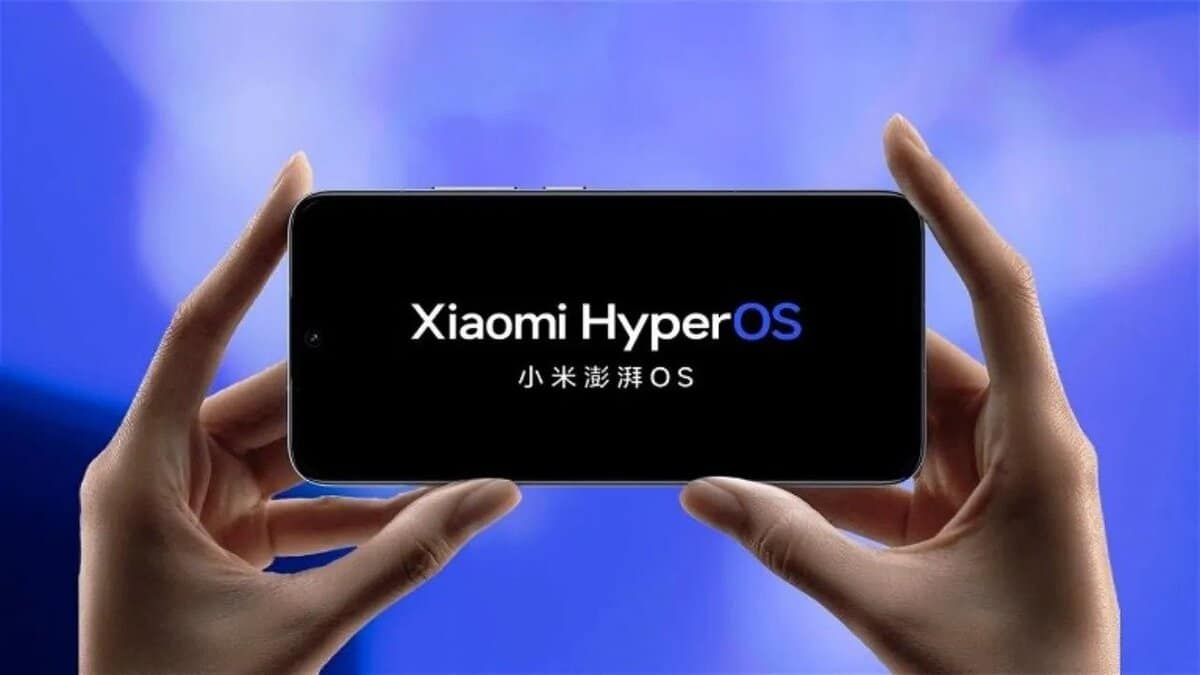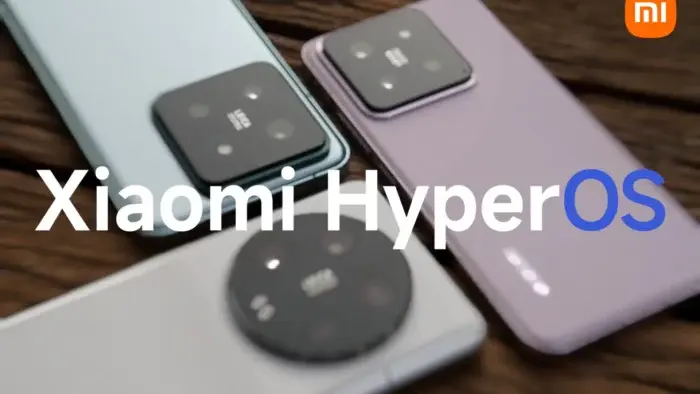In recent weeks, HyperOS has been steadily making its mark within the Xiaomi ecosystem, initially penetrating the realm of smartphones. Notably, flagship devices like the Xiaomi 14 and Redmi K70 Ultra come equipped with HyperOS 1.0 by default. The latest addition to this lineup is the Redmi Book 16 2024, marking the debut of a Xiaomi laptop running HyperOS Connect as its operating system.
HyperOS Flexibility and Weight on Mobile Devices

Xiaomi envisions HyperOS as an exceptionally flexible and versatile system, capable of functioning seamlessly across a wide array of devices. Ranging from those with minimal 64K RAM to more robust ones with up to 24GB. This adaptability positions HyperOS as the ideal platform to connect over 200 diverse products within the Xiaomi ecosystem, with its weight on each device varying.
In the mobile sphere, Xiaomi proudly asserts that HyperOS is the most space-efficient operating system. It boasts a weight almost 3GB lighter than Apple’s iOS, which consumes a substantial 11.36GB of iPhone memory. For instance, on the Xiaomi 14 Pro, HyperOS takes up a mere 8.75GB. Making it the space requirement for the global update on this model.
However, due to its adaptable nature, the weight of the HyperOS 1.0 update from MIUI 14 won’t be uniform across all Xiaomi, Redmi, and POCO models. In the case of the Redmi K60 Ultra, HyperOS precisely occupies 6GB. Highlighting the need for users to allocate a minimum space of 6 to 10GB when preparing for the update.
Versatility Optimized for Diverse Devices
HyperOS is designed to optimize performance for both high-powered devices and those with more modest specifications. In robust devices, the system dynamically evaluates threads, ensuring responsiveness under heavy loads. Conversely, in lower-performing gadgets, HyperOS combines compute blocks for unified operation, delivering maximum performance.
The essence of HyperOS lies in its ability to connect various devices seamlessly through HyperConnect. Each device supports the other by leveraging its unique features, contributing to the overall adaptability and versatility of the system. Consequently, the weight of HyperOS varies significantly, depending on the specifications of each device, be it a Xiaomi mobile, a Redmi watch, or even within Xiaomi‘s home appliances like refrigerators and Air Fryers.
The Global HyperOS Rollout: What Users Can Expect
Millions of Xiaomi, Redmi, and POCO users worldwide eagerly anticipate the arrival of HyperOS on their devices, prompting the common question: “When will I be able to install HyperOS?” For those with Xiaomi models already compatible with HyperOS, installation and usage are possible. However, Xiaomi recommends patience, suggesting users wait for the official update.
The latter part of 2023 witnessed the unexpected but official announcement of HyperOS, followed by its initial adoption in early mobiles. Looking ahead, 2024 is poised to be the year when HyperOS experiences massive distribution, making it more accessible to a broader user base. As Xiaomi continues to expand its ecosystem, HyperOS is set to play a pivotal role, providing users with a seamless and interconnected experience across diverse devices.





